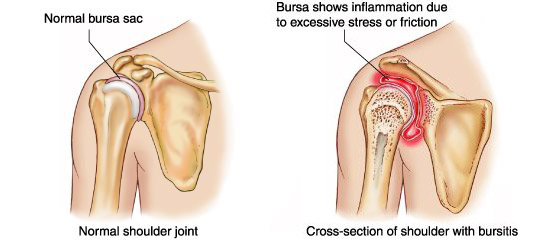Polymyalgia rheumatica (PMR) is an inflammatory disorder that primarily affects older adults. It involves widespread aching and stiffness, mainly in the shoulders, neck, and hip areas. Here’s an overview of PMR, including its symptoms, causes, treatment, and potential prevention measures:
Symptoms:
- Pain and Stiffness: The hallmark symptoms include pain and stiffness in the shoulders, neck, upper arms, hips, thighs, and buttocks.
- Morning Stiffness: Stiffness is typically worse in the morning or after periods of inactivity.
- Fatigue: Many individuals with PMR experience fatigue.
- Limited Range of Motion: Movements in affected areas may become limited.
- Flu-like Symptoms: Some people may experience mild fever, malaise, and weight loss.
Causes:
- The exact cause of PMR is unknown, but it is believed to involve an autoimmune response, where the body’s immune system mistakenly attacks its own tissues.
- Genetic factors may play a role, as PMR is more common in individuals of Northern European descent.
Treatment:
- Corticosteroids: The primary and most effective treatment for PMR is corticosteroids, such as prednisone. These medications help reduce inflammation and alleviate symptoms.
- Gradual Tapering: Once symptoms improve, the dosage of corticosteroids is gradually tapered to the lowest effective dose to prevent relapse and minimize side effects.
- Pain Relief Medications: Nonsteroidal anti-inflammatory drugs (NSAIDs) may be used to manage pain and inflammation, but they are not typically sufficient on their own.
Prevention:
- There is no known way to prevent the onset of PMR.
- Regular exercise may help maintain joint flexibility and overall health, potentially reducing the severity of symptoms if PMR develops.
It’s important for individuals experiencing symptoms suggestive of PMR to consult with a healthcare professional for a proper diagnosis and appropriate management. Early detection and treatment can significantly improve the quality of life for those affected by this condition. Additionally, ongoing monitoring and follow-up with a healthcare provider are essential to manage the long-term use of corticosteroids and address any potential side effects.

































